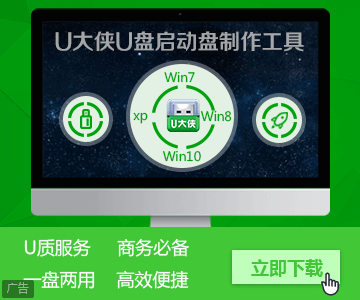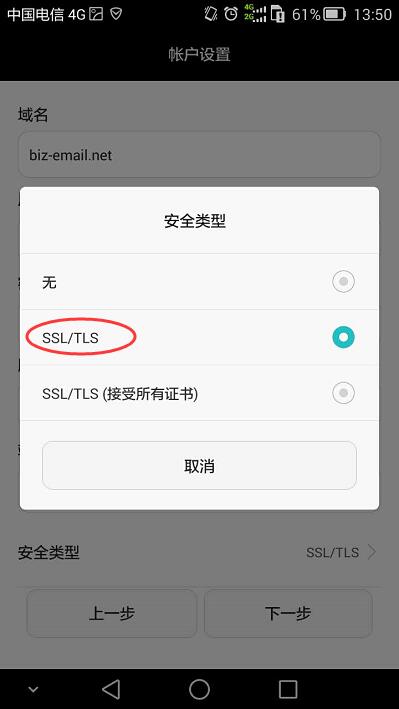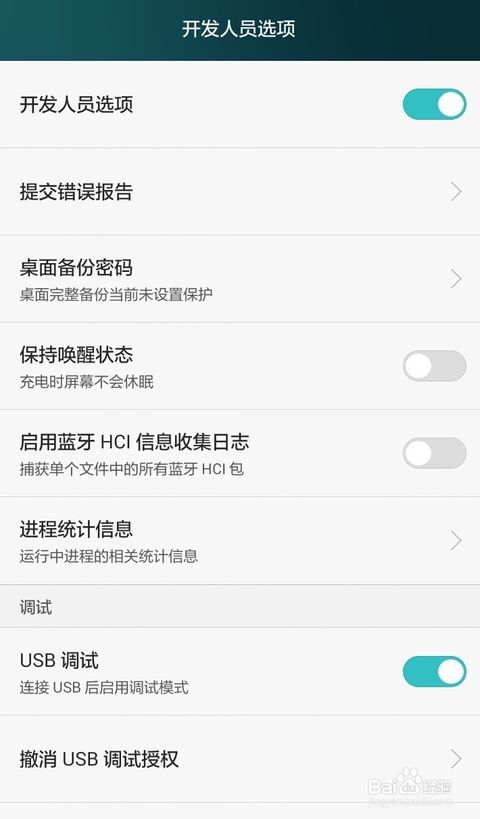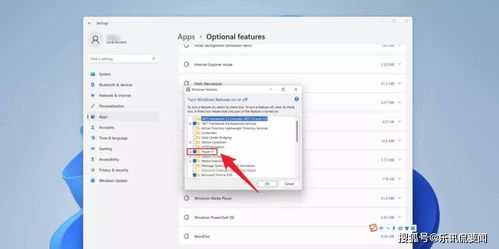
安卓8系统英文,Introduction to Android 8.0: The Oreo Update
时间:2024-12-07 来源:网络 人气:
Introduction to Android 8.0: The Oreo Update

Android 8.0, codenamed Oreo, was officially released by Google on August 21, 2017. This update brought a plethora of new features and improvements to the Android ecosystem, enhancing the user experience and system performance. In this article, we will delve into the key features and changes introduced in Android 8.0, ensuring that you are well-informed about the latest advancements in the Android world.
1. Improved Security and Privacy

One of the primary focuses of Android 8.0 was to enhance security and privacy. Google introduced several new features to protect users from potential threats. Here are some of the key security enhancements:
App Permissions: Users now have more control over app permissions. They can grant or revoke permissions for individual apps at any time, providing a more secure and private experience.
Background Location Access: Android 8.0 restricts background location access for apps, ensuring that apps can only access location data when in use.
Seamless Updates: The update system has been improved to provide seamless updates, allowing users to receive the latest security patches without any interruptions.
2. Enhanced User Experience
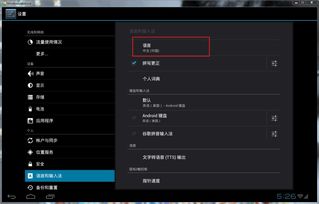
Android 8.0 brought several user experience improvements, making the operating system more intuitive and efficient. Here are some of the notable changes:
Notification Channels: Users can now categorize notifications based on their importance, allowing for better organization and control over app notifications.
Picture-in-Picture (PiP) Mode: Android 8.0 introduced PiP mode, allowing users to watch videos or use apps while multitasking.
Autofill Framework: The new Autofill Framework simplifies the process of filling out forms on your device, making it more convenient and time-saving.
3. Performance Improvements
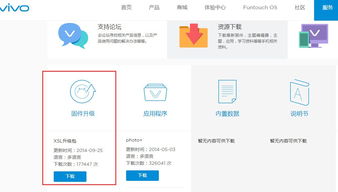
Google aimed to improve the overall performance of Android 8.0, resulting in a smoother and more responsive experience. Here are some of the performance enhancements:
Background Process Limits: Android 8.0 limits the number of background processes that apps can run, resulting in better battery life and improved system performance.
System Optimization: The operating system has been optimized to run more efficiently, reducing lag and improving overall responsiveness.
4. New APIs and Developer Features

Android 8.0 introduced several new APIs and developer features, enabling developers to create more innovative and engaging apps. Here are some of the key additions:
Java 8 Language Features: Android 8.0 supports Java 8 language features, making it easier for developers to write cleaner and more efficient code.
Improved Profiling Tools: Android Studio now includes improved profiling tools, allowing developers to optimize their apps for better performance.
Enhanced App Permissions: Developers can now request permissions at runtime, providing a more seamless and user-friendly experience.
5. Compatibility and Device Support

Android 8.0 aimed to improve compatibility with a wide range of devices. Here are some of the key aspects of compatibility:
API Levels: Android 8.0 supports a wide range of API levels, ensuring that developers can target a broad audience.
Device Manufacturers: Google has been working closely with device manufacturers to ensure that their devices receive timely updates to Android 8.0.
Android Go: Android 8.0 introduced Android Go, a lightweight version of Android designed for devices with limited resources, such as low-end smartphones and feature phones.
Conclusion

Android 8.0, Oreo, brought significant improvements to the Android ecosystem, focusing on security, user experience, performance, and developer tools. With its enhanced features and compatibility, Android 8.0 has set the stage for future advancements in the mobile operating system landscape.
相关推荐
教程资讯
教程资讯排行
